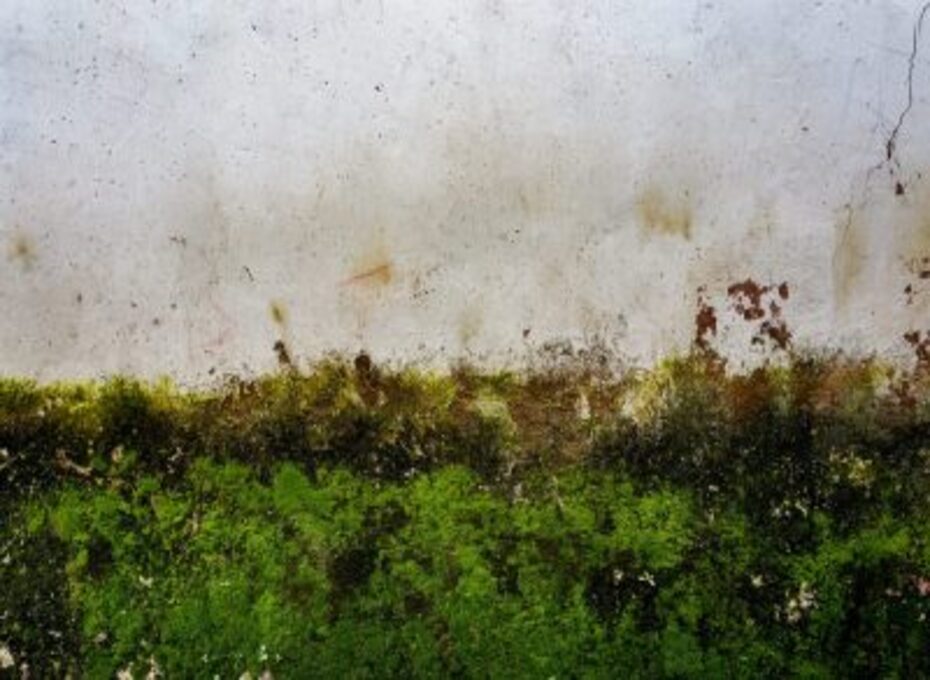Green mold is a fungus that can be found indoors and outdoors. It is often recognized by its greenish-blue or greenish-black color and slimy texture.Is Green Mold Dangerous?
The scientific name for green mold is Trichoderma. It is a common mold in damp or humid environments and is often found in organic materials such as wood, paper, and plant matter. Green mold produces many toxins and allergens and can adversely affect humans and animals if inhaled or ingested.
The chemicals that make up green mold include organic compounds such as cellulose, lignin, and pectin. These compounds give green mold its characteristic color and texture and provide the nutrients it needs to grow and reproduce. Green mold also produces several enzymes that help it break down and digest organic materials, which is why it is often found on wood and other plant-based materials.
Green mold can cause several health problems, especially for people who are sensitive to mold or have compromised immune systems. Some of green mold exposure’s most common health problems include respiratory issues, allergies, and infections. In severe cases, green mold exposure can even cause death.
Is Green Mold Dangerous- Here are Tips to Remove
If you think you might have green mold in your home or workplace, removing it as soon as possible is essential. Here are some tips for how to remove green mold:
- Identify the source of the mold: The first step in removing green mold is to find where it is coming from. Look for damp or humid areas in your home or workplace, and try to identify any sources of water leaks or moisture.
- Fix any water problems: Once you have identified the source of the moisture, take steps to fix it. This might involve repairing a leaky pipe or installing a dehumidifier to reduce humidity levels.
- Ventilate the area: Proper ventilation prevents green mold from growing. Open windows and doors to allow fresh air to circulate, and use fans to help dry damp areas.
- Clean and disinfect: Use a mixture of water and detergent to scrub any visible green mold from surfaces. Please wear protective gear, such as gloves and a mask, to avoid getting rid of mold spores. Make sure you use sturdy gloves made of materials like nitrile to guard against skin rashes brought on by contact to chemicals and mold.
- Dry the area thoroughly: Once you have cleaned and disinfected it, it is essential to ensure it is completely dry. Use fans and dehumidifiers to help speed up the drying process.
- Remove any damaged materials: If the green mold has caused significant damage to materials such as drywall or insulation, removing and replacing these items may be necessary.
By following these steps, you can effectively remove green mold and help prevent it from returning. Remember always to use caution when dealing with mold, and be sure to wear protective gear to avoid inhaling mold spores.
Here is Home Depot Video Y
You can also read

